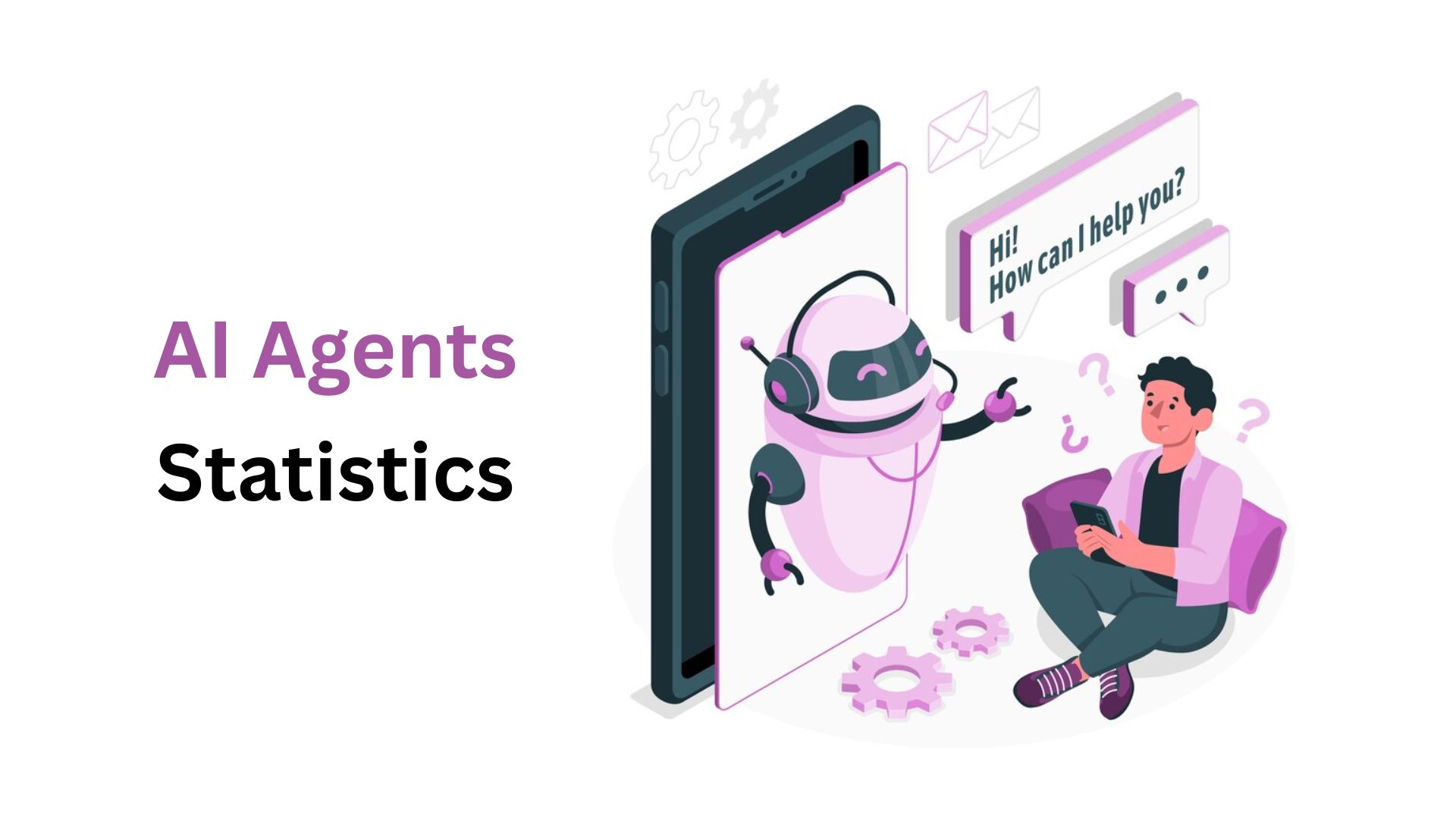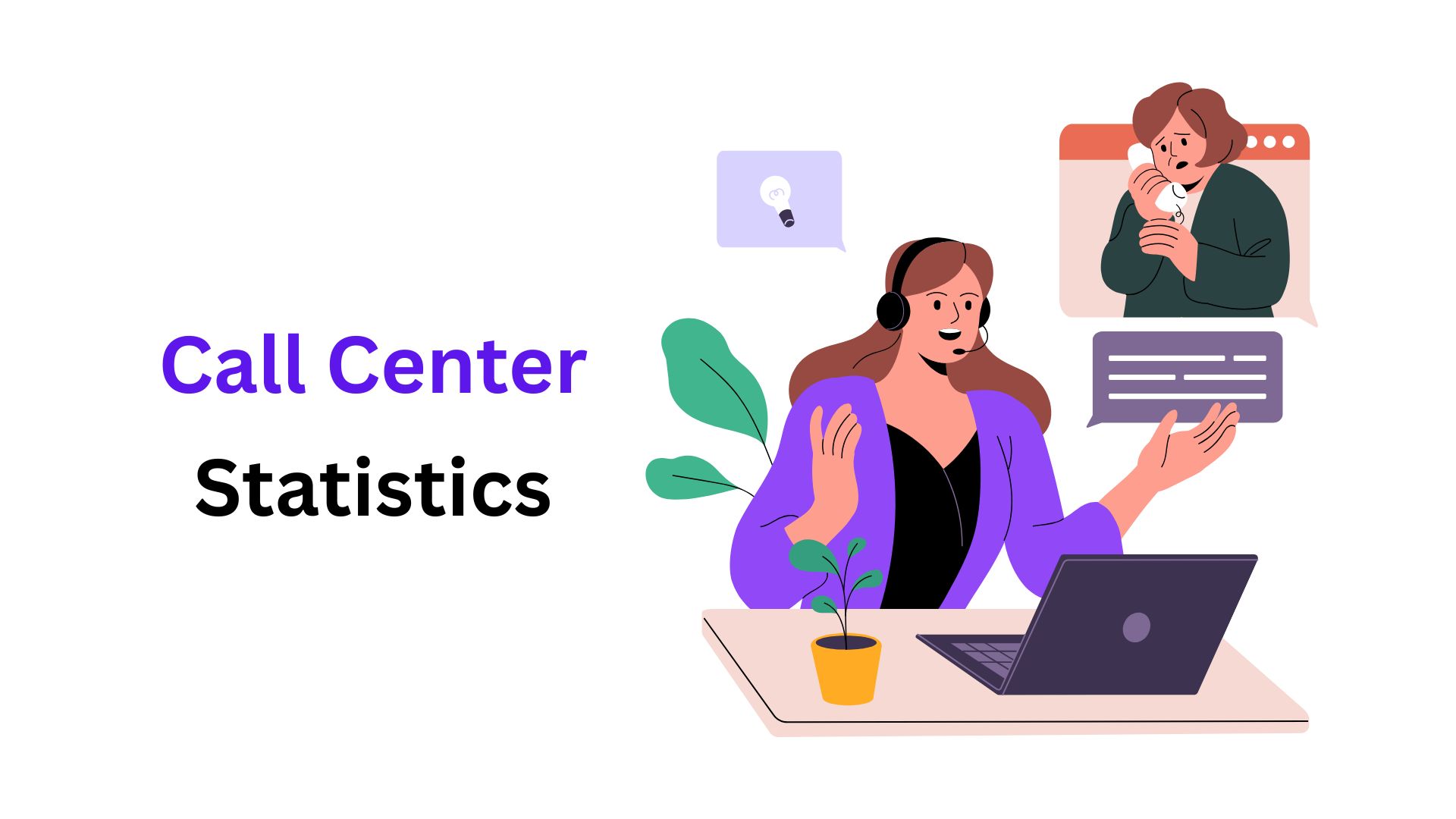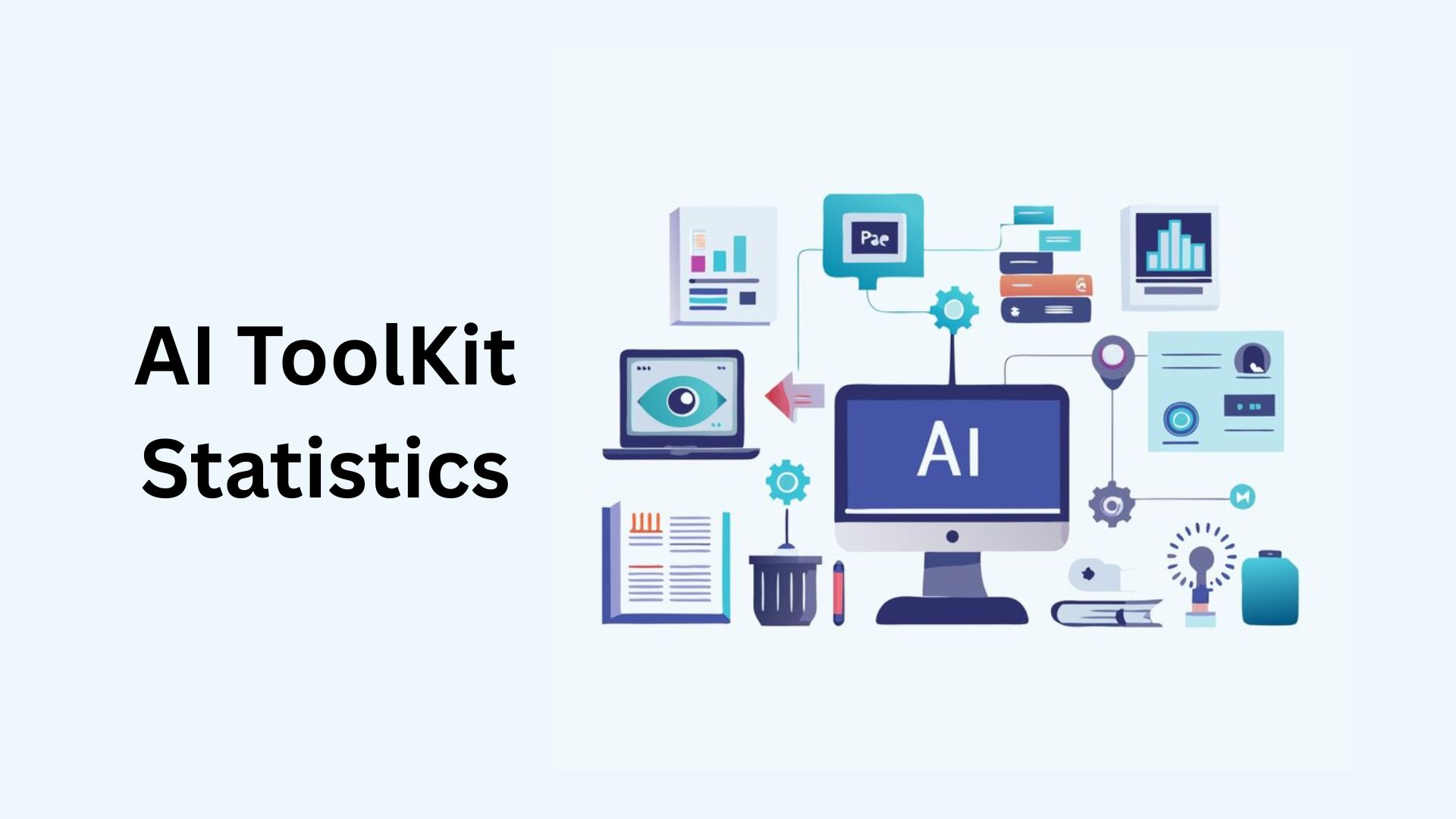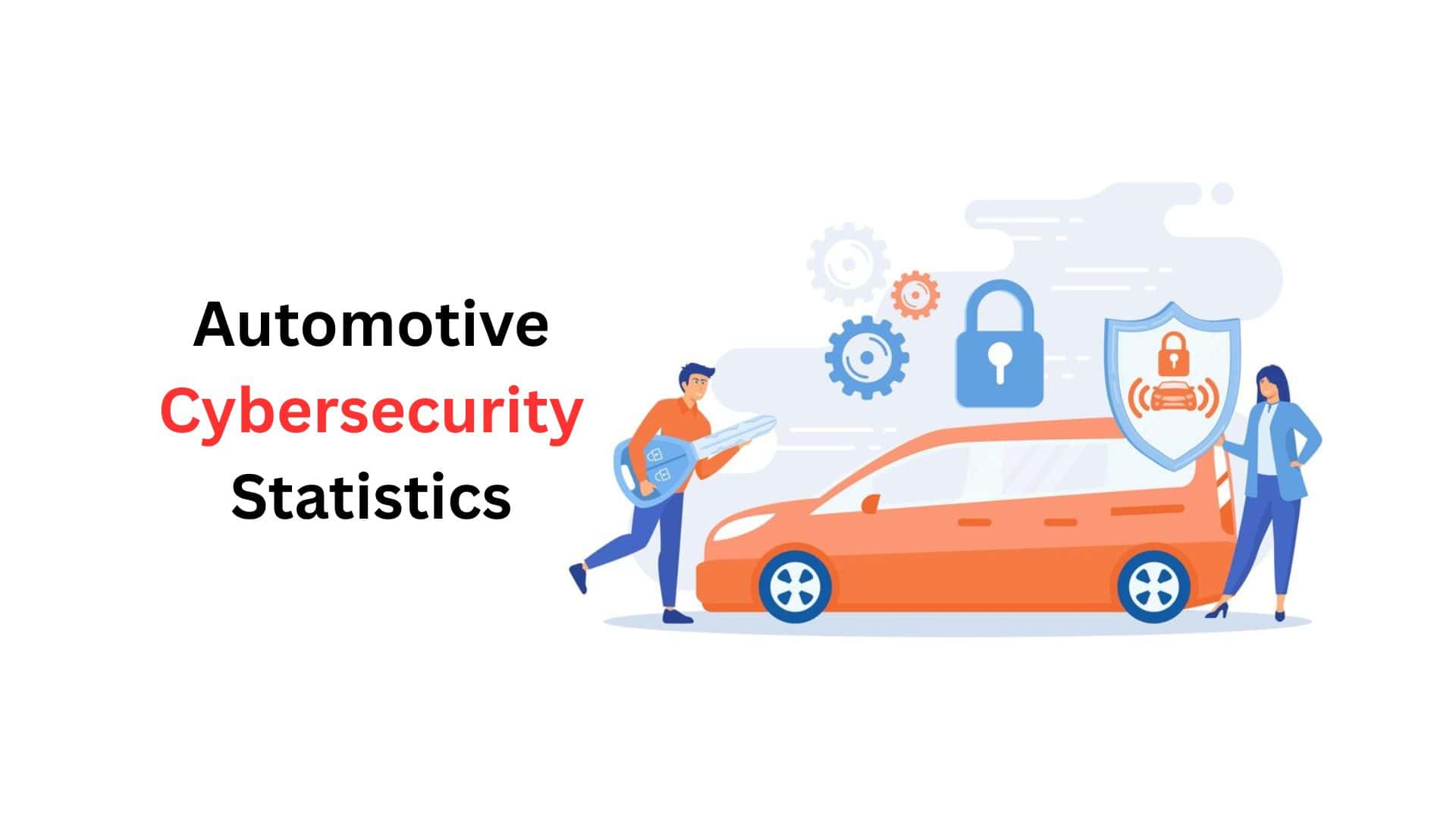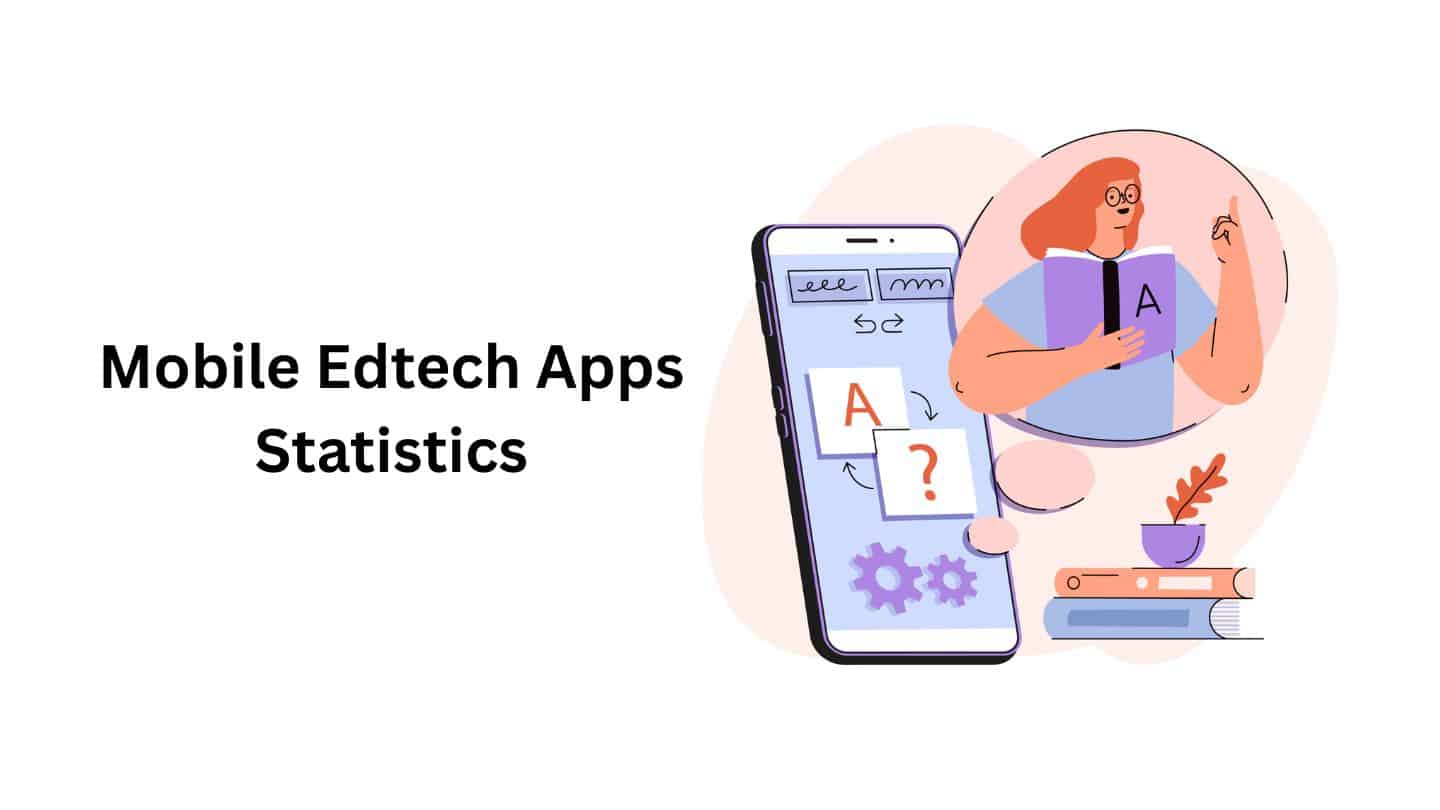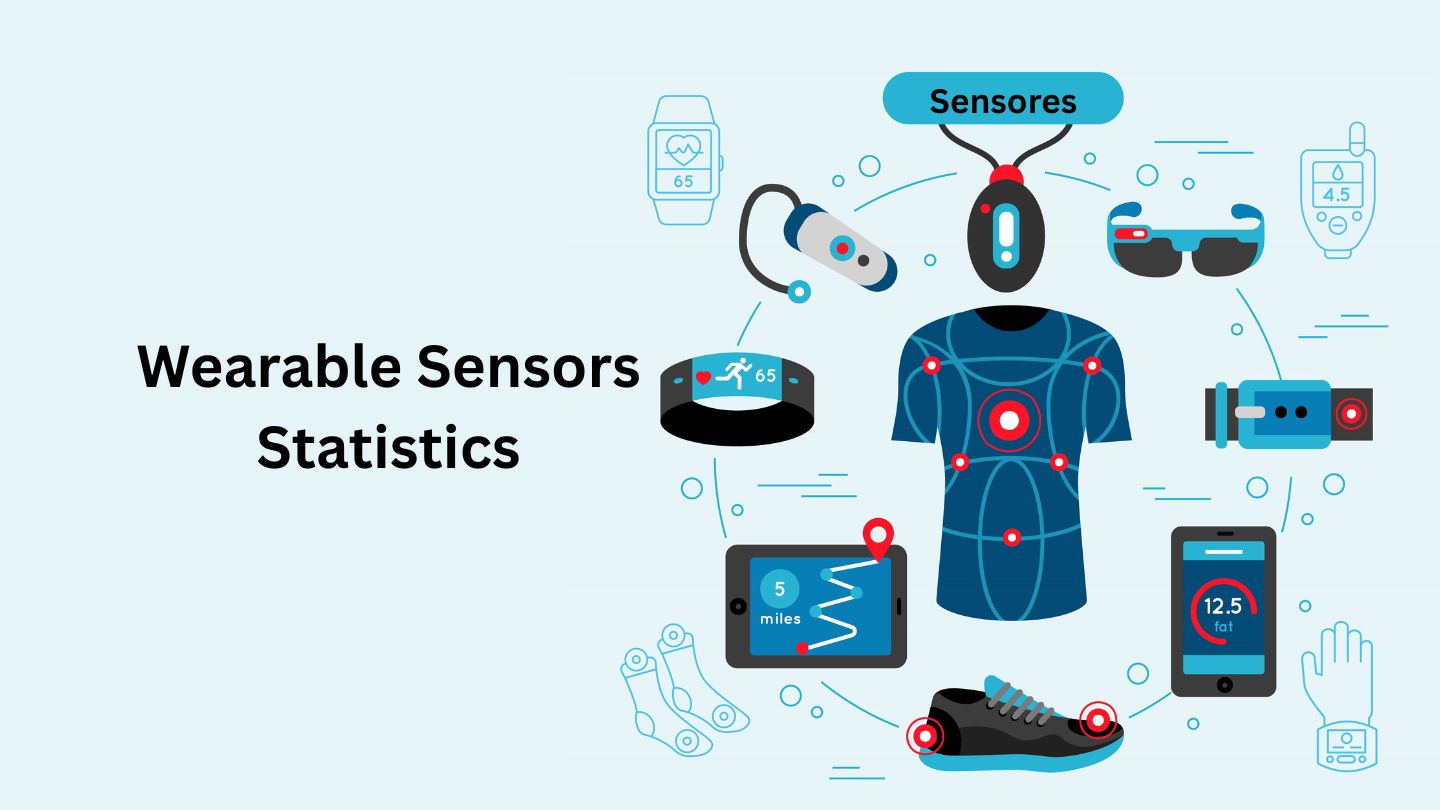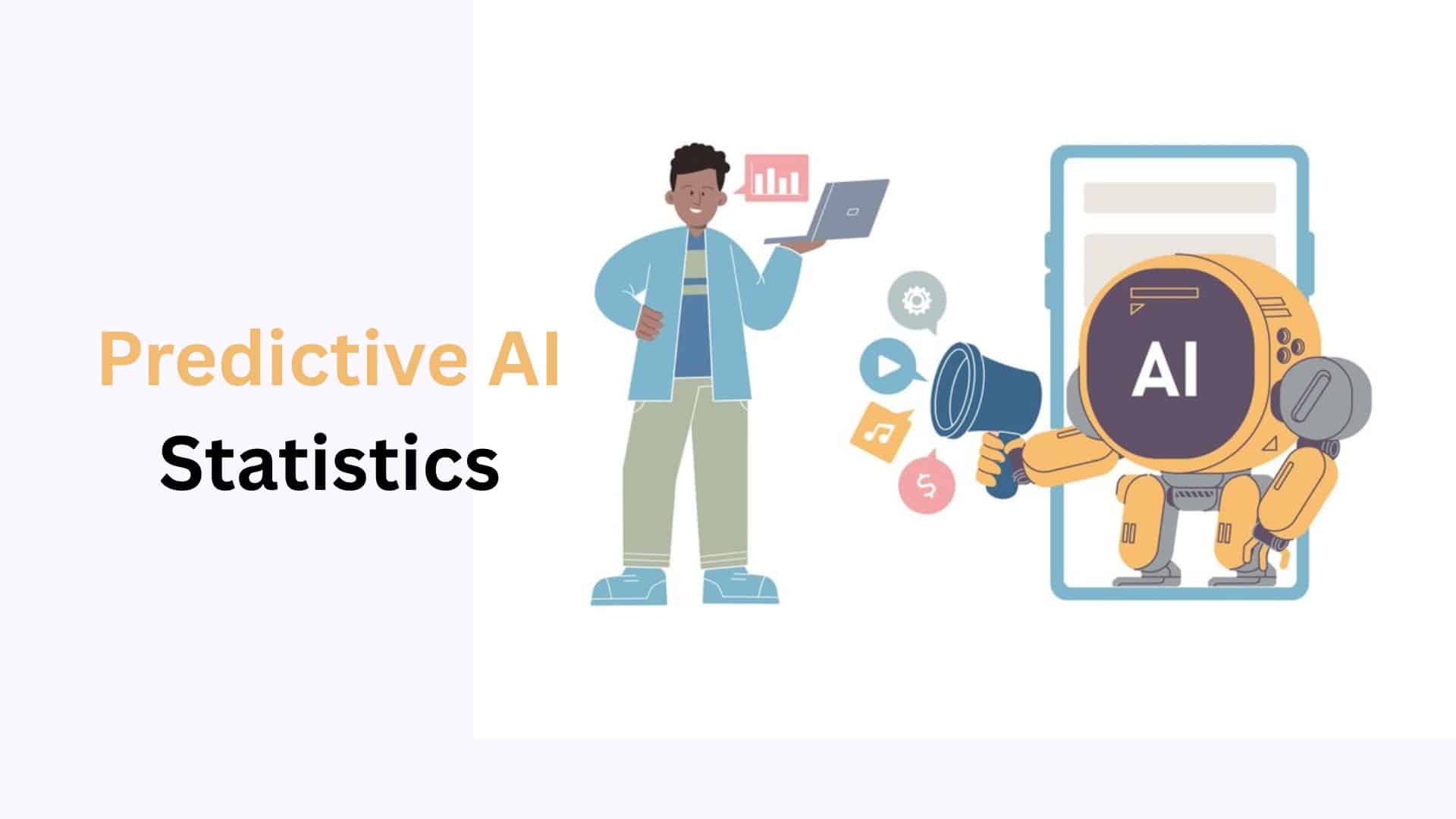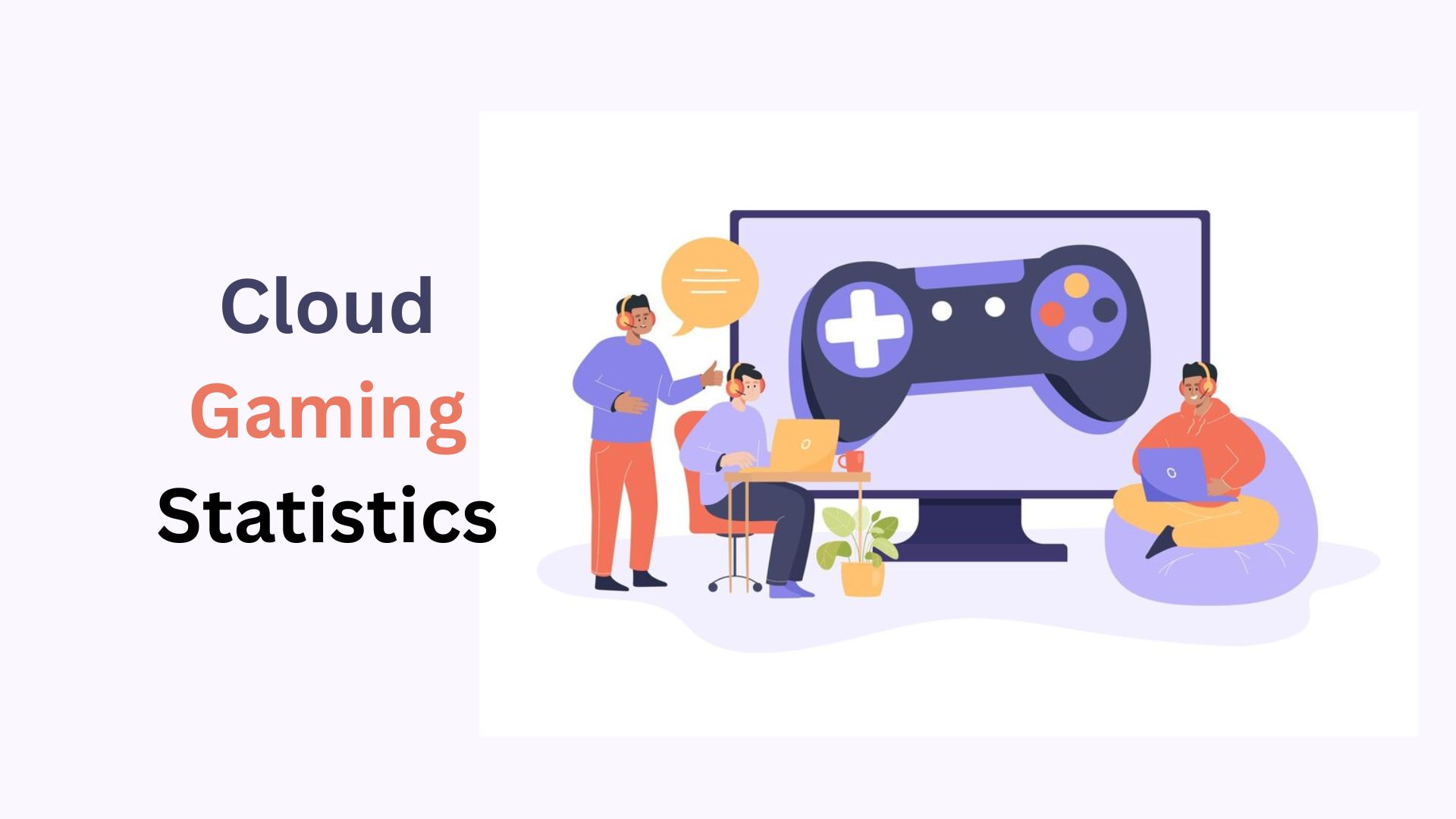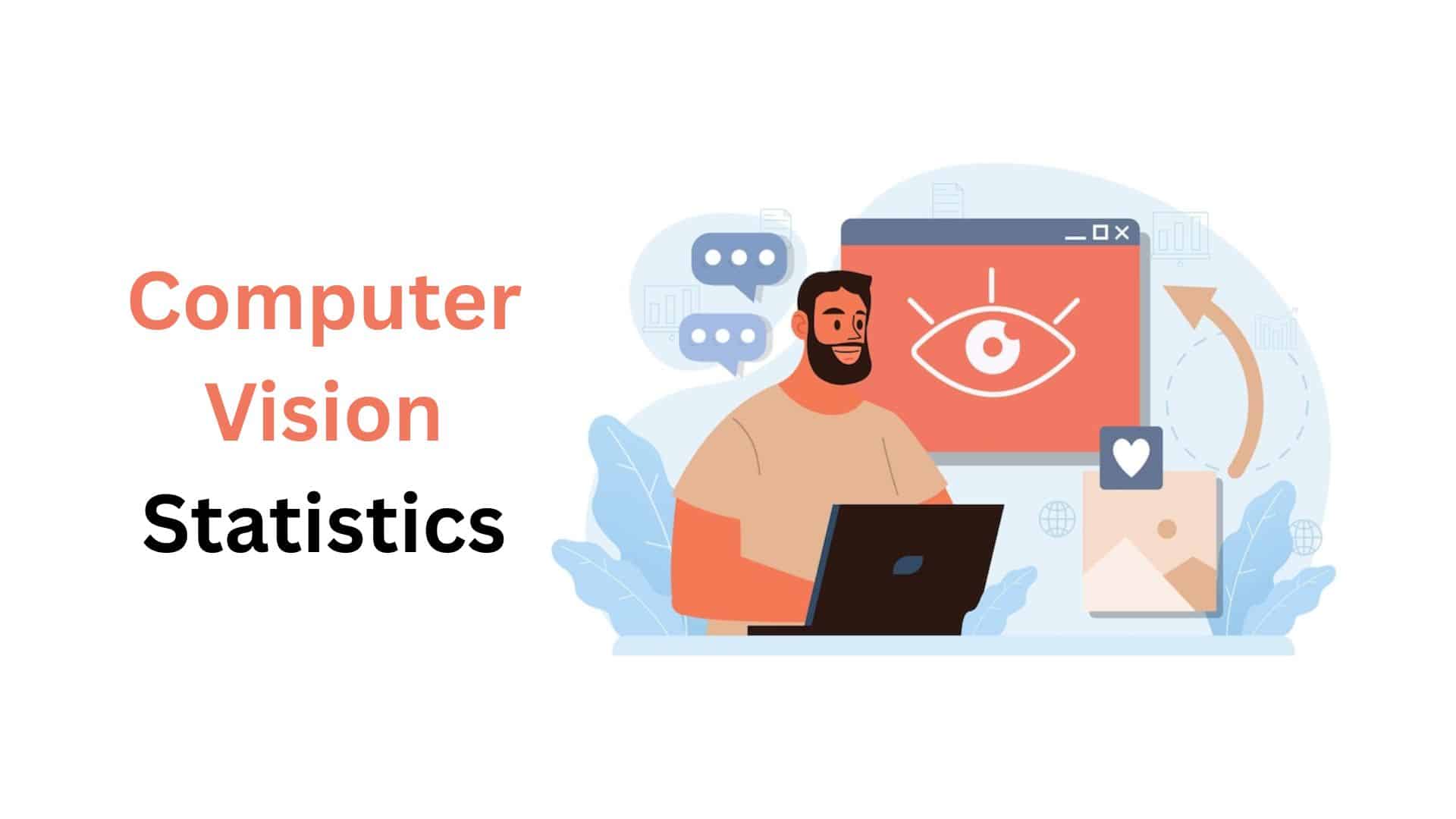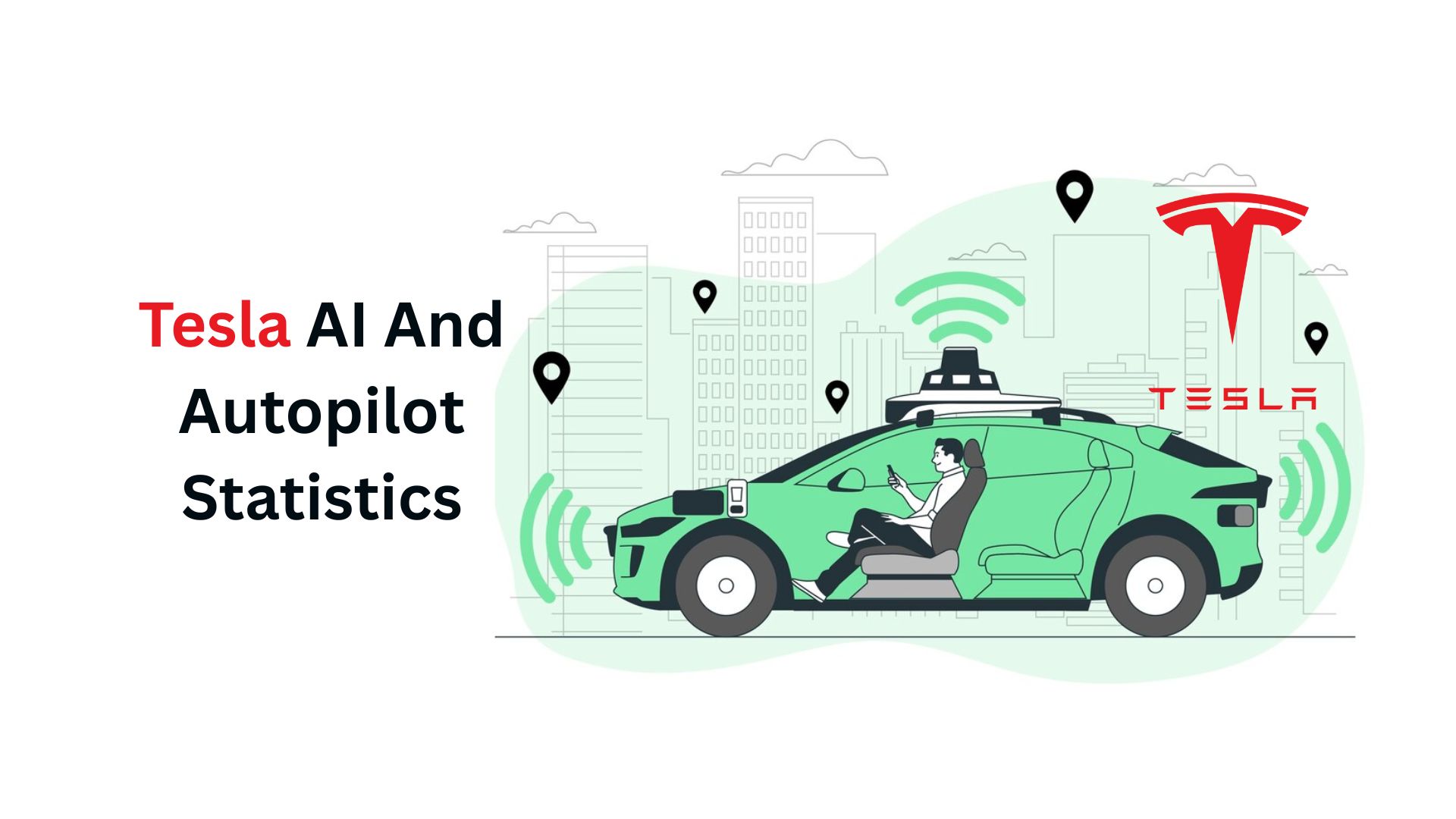Tesla AI And Autopilot Statistics And Facts (2025)

Updated · Apr 14, 2025


TABLE OF CONTENTS
Introduction
Tesla AI and Autopilot Statistics: Tesla is leading the way in self-driving cars using strong artificial intelligence (AI) and its smart Autopilot system. The company collects real-time data from millions of cars on the road to help its AI software get better and smarter.
Tesla’s Full Self-Driving (FSD) technology keeps improving through regular software updates, with billions of miles already driven in either fully or partly self-driving mode. By 2025, Tesla’s use of AI in driving is changing the future of travel, supported by strong numbers in usage, safety, and global growth. This article will shed more light on Tesla AI and Autopilot Statistics.
Editor’s Choice
- Using smart robots, Tesla also made switching between building different models easier without long delays.
- The Tesla driver admitted that he had turned on the “self-driving” system and used his smartphone when the crash happened.
- Tesla also mentioned that its Autopilot crash data is very cautious. The company includes any accident in which Autopilot was turned off within 5 seconds before the crash.
- AI also helped with predictive maintenance, which means catching problems with machines before they break.
- Tesla’s Autopilot features aren’t the same everywhere. While customers in many countries can get Enhanced Autopilot (EAP) and Full Self-Driving (FSD), the features available are fewer than in North America.
What is Tesla Autopilot?
Tesla’s Autopilot is a high-tech driver assistance system offering partial automation (Level 2, based on SAE standards). All Tesla cars come with the Base Autopilot, which includes features like Autosteer and cruise control that adjusts to surrounding traffic. Drivers can upgrade to Full Self-Driving (FSD) for an extra fee or monthly payment. This upgrade includes automatic lane changes, stopping at red lights and stop signs, self-parking, and summoning your car from a parking spot or garage.
Tesla’s long-term goal is to reach full self-driving capability (Level 5), which means driving independently without human input. However, this depends on solving technical challenges and getting legal approvals. Some critics argue that calling it “Autopilot” or “Full Self-Driving” is misleading since the system still needs a driver.
Autopilot Packages and Types
#1. Autopilot
- Autopilot is the basic driver-assist feature with Tesla models like the S, 3, X, and Y.
- It includes Traffic-Aware Cruise Control (TACC), which keeps a safe distance from the car ahead, and Autosteer, which helps keep the car in the middle of the lane.
- It also offers small features like the Green Light Chime and safety systems such as automatic emergency braking (AEB), warnings and corrections when the car leaves its lane or the edge of the road, and blind spot alerts.
- As of October 2024, CyberTracker includes TACC but doesn’t come with Autosteer.
#2. Enhanced Autopilot (EAP)
EAP is a mid-level package that adds more advanced tools, such as:
- Summon (to move the car remotely)
- Auto Lane Change
- Navigate on Autopilot
- Autopark
- This option works with Models S, 3, X, and Y. Right now, buyers in North America can’t purchase EAP, but it’s still active on cars that have already been bought.
- Navigate on Autopilot lets the car drive itself on highways—from getting on the ramp to getting off—making lane changes and handling exits. Once off the highway, it goes back to regular Autosteer.
Summon comes in three types:
- Dumb Summon (moves the car forward or backward)
- Smart Summon (no longer available; used sensors to guide the car to you or a location)
- Actual Smart Summon (ASS) uses cameras instead of sensors and gives a longer range. It only works through the app and shows the camera view during use.
- Tesla AI & Autopilot Statistics stated that Autopark helps the car park itself when it sees an open space. In 2024, Tesla improved this feature so drivers could tap on the screen to pick a parking spot. It now uses cameras and only parks by backing in.
#3. Full Self-Driving (FSD)
- FSD is Tesla’s most advanced option. It can:
- Detects and responds to traffic lights and stop signs
- Steer on city streets
- Show more detailed visuals on the screen
- Drive through neighborhoods like Navigate on Autopilot does on highways
- FSD is available on all current Tesla models, including the CyberTracker, and it also comes with Vision-based Attention Monitoring to determine whether the driver is focused.
Tesla Autopilot Price Statistics
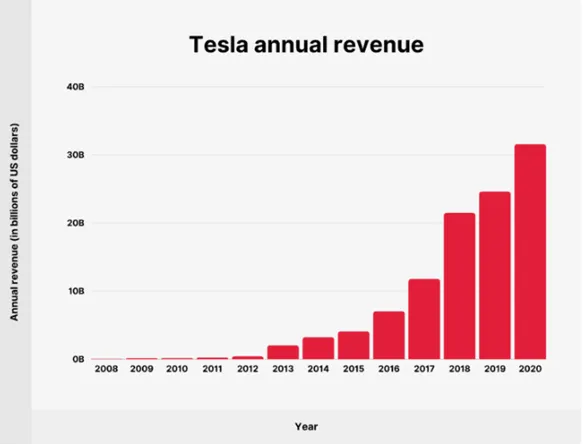 (Reference: mahamohsin310.com)
(Reference: mahamohsin310.com)
Here’s how the prices have changed over the years:
- In 2015, Autopilot cost $2,500 on the Model S.
- 2016, Enhanced Autopilot was $5,000, and FSD was an extra $3,000.
- By 2019, Autopilot became standard in all Teslas. FSD was priced at $5,000, went up to $10,000 in 2020, and hit $15,000 by September 2022.
As the price went up, fewer buyers chose FSD:
- 37% in 2019
- 22% in 2020
- 12% in 2021
Starting in 2021, Tesla offered a monthly subscription:
- $199/month for new users
- $99/month if you already had EAP
- In September 2023, Tesla lowered the full FSD price to $12,000.
- By April 2024, after removing EAP, they dropped the subscription to $99/month for all and the purchase price to $8,000.
AI in Manufacturing Statistics
- Tesla AI & Autopilot Statistics stated that Tesla started using AI-powered systems in its factories, which made car production faster and improved the quality of the vehicles.
- With this technology, Tesla cut down the time it takes to build each car, helping the company grow its production much quicker than most competitors.
- Using smart robots, Tesla also made switching between building different models easier without long delays.
- Tesla added an AI quality control system that reduced mistakes during manufacturing. Before this, checking cars by hand sometimes led to errors.
- However, with AI, the system can find almost every defect before the car leaves the factory. This leads to better customer satisfaction and fewer repairs after production.
- Tesla AI & Autopilot Statistics stated that AI also helped with predictive maintenance, which means catching problems with machines before they break.
- This reduced surprise equipment failures by over 30%, reducing downtime and making the factories run more smoothly. The system can spot early signs of trouble and fix them before they become serious.
- By using AI in these ways, Tesla changed how cars are made. Its smart factories are now some of the auto industry’s fastest, most flexible, and most advanced.
- As AI keeps getting better, Tesla’s production methods continue to improve.
Tesla Autopilot Crash Examples
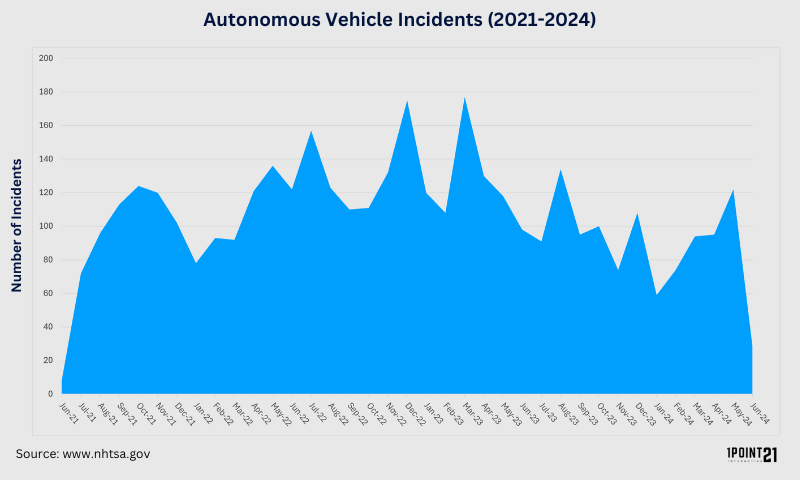 (Source: craftlawfirm.com)
(Source: craftlawfirm.com)
Fullerton, California — June 13, 2024
- On June 13, 2024, a Tesla car crashed into a parked police SUV at the corner of West Orangethorpe and Courtney Avenues in Fullerton, California.
- The police vehicle had been parked there to block traffic and protect the scene of an earlier deadly accident. Flares were set up, and the emergency lights were flashing.
- The Tesla driver admitted that he had turned on the “self-driving” system and used his smartphone when the crash happened.
Las Vegas, Nevada – April 10, 2024
- On April 10, 2024, a Tesla being used to give an Uber ride crashed into an SUV at an intersection near Las Vegas.
- The Tesla driver had the Full Self-Driving (FSD) system turned on, but the car didn’t slow down when the SUV suddenly emerged from a blind spot.
- Police said the SUV driver was at fault for not giving the right of way and gave them a ticket.
Tesla Vehicle Safety Report 2024
Tesla shared its Vehicle Safety Report for the first quarter of 2024. The report includes data on crashes involving Tesla cars, whether Autopilot was turned on or off. Based on the numbers, Teslas using Autopilot had fewer accidents than Teslas without the system.
Here’s the breakdown:
- When Autopilot was on, there was one crash for about every 7.63 million miles
- Tesla AI & Autopilot Statistics stated that when drivers weren’t using Autopilot, there was one crash for every 955,000 miles.
- For comparison, according to 2022 government data, there was one crash roughly every 670,000 miles driven by regular cars in the U.S.
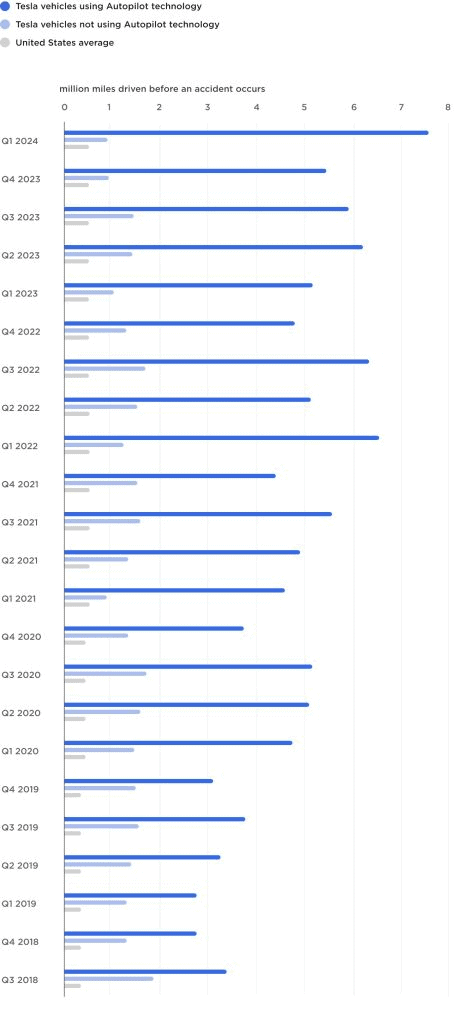 (Source: teslarati.com)
(Source: teslarati.com)
- Tesla’s chart on its Vehicle Safety Report page shows that Q1 2024 had the highest number of miles driven before a crash occurred while using Autopilot.
- In contrast, Tesla cars driven without Autopilot got into more crashes during this period than in some earlier quarters. For example, in Q3 2022, there was one crash for every 1.71 million miles driven without Autopilot.
- Tesla AI & Autopilot Statistics stated that Tesla also mentioned that its Autopilot crash data is very cautious. That’s because the company includes any accident where Autopilot was turned off within 5 seconds before the crash.
- It also counts accidents where the airbags or other safety systems are activated, and it doesn’t separate crashes based on who was at fault.
- So, even if another car hits a Tesla from behind while Autopilot is on, that accident still adds to the Autopilot crash numbers.
- Tesla AI & Autopilot Statistics stated that Tesla vehicles are known as some of the safest on the road today. Their electric design gives them a low center of gravity and better protection during a crash.
- Tesla cars also have strong, reinforced cabins that have saved many lives. Most importantly, every Tesla comes with built-in safety features, both passive and active, making the company’s vehicles some of the safest in the auto industry.
Tesla Autopilot Regional Statistics
Tesla Autopilot Outside North America
- Tesla’s Autopilot features aren’t the same everywhere. While customers in many countries can get Enhanced Autopilot (EAP) and Full Self-Driving (FSD), the features available are fewer than in North America.
- EAP and FSD include tools like Summon, Smart Summon, and Autopark in most places. Tesla’s AI team shared a roadmap that shows FSD is expected to roll out in China and Europe by early 2025 (Q1).
Australia
- Drivers in Australia can buy Autopilot, EAP, and FSD. The FSD version comes with Traffic Light and Stop Sign Control, plus everything included in Enhanced Autopilot.
- The feature Autosteer on City Streets is still listed as “coming soon.”
China
- In China, Autopilot, EAP, and FSD are also available. However, as of October 2024, FSD doesn’t offer anything extra beyond EAP.
- As an upcoming feature,
- Tesla has introduced Summon, Smart Summon, Traffic Light and Stop Sign Control, and Autosteer on City Streets.
- Tesla uses Baidu Maps in China, and the data it collects inside the country has to stay there.
- Tesla began testing FSD in China in 2024 after getting early approval from authorities.
Europe and the United Kingdom
- Customers can get Autopilot, EAP, and FSD in Europe and the UK. FSD includes all the EAP features, traffic lights, and stop sign control.
- Some features, like Auto Lane Change, still need the driver to confirm the move.
- Tesla AI & Autopilot Statistics stated that Tesla has been testing FSD internally in these areas since late 2022.
- In April 2024, an official from Sweden’s Transportation Department got a demo of FSD in Germany.
- In September 2024, the UK’s Department for Transport warned that although these driving tools can help lower crash rates, they might also create new safety problems.
Conclusion
In summary, Tesla’s use of artificial intelligence and Autopilot features is changing how people drive and how cars are made. With systems like Autopilot, Enhanced Autopilot (EAP), and Full Self-Driving (FSD), Tesla has taken major steps toward safer and smarter driving. These AI tools have helped boost vehicle performance, reduce accident rates, and speed up how cars are built.
While some features are still being tested and have sparked safety concerns, Tesla remains a leader in self-driving technology. With more updates expected in 2025, Tesla plans to expand globally and give more people access to its advanced driving systems. This article has shed enough light on Tesla AI and Autopilot Statistics.
Sources
FAQ.
This smart technology boosts safety and helps move AI forward in the car world. Along with Autopilot, Tesla vehicles include many other AI-based features that make driving smoother, more efficient, and more enjoyable.
Elon Musk said Tesla is the top artificial intelligence (AI) company. His opening speech lasted 25 minutes during the company’s earnings call. He said Tesla is so far ahead in the AI race that it would take a telescope to see whoever is in second place.

Saisuman is a talented content writer with a keen interest in mobile tech, new gadgets, law, and science. She writes articles for websites and newsletters, conducting thorough research for medical professionals. Fluent in five languages, her love for reading and languages led her to a writing career. With a Master’s in Business Administration focusing on Human Resources, Saisuman has worked in HR and with a French international company. In her free time, she enjoys traveling and singing classical songs. At Coolest Gadgets, Saisuman reviews gadgets and analyzes their statistics, making complex information easy for readers to understand.


